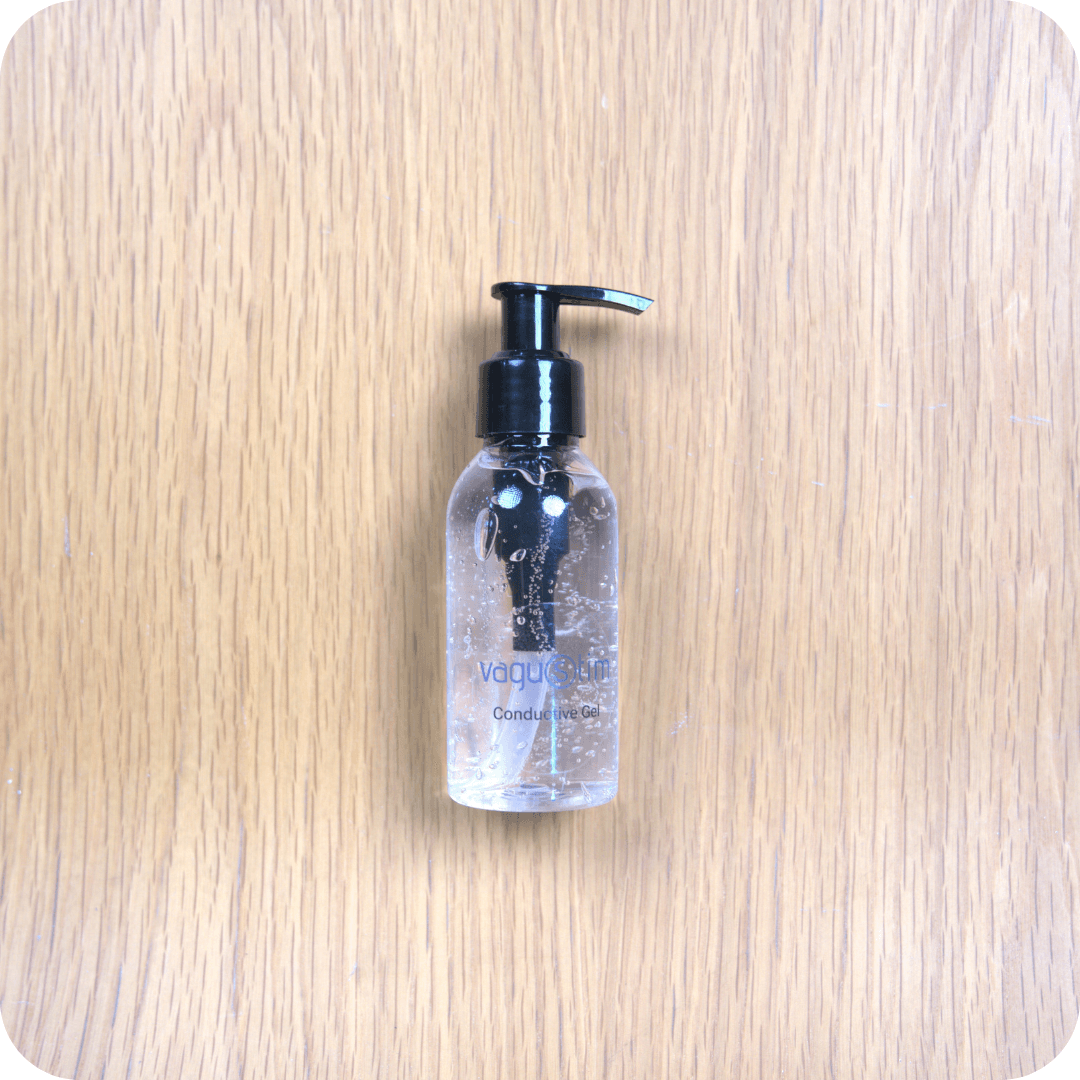Auricular vs. Traditional Vagus Nerve Stimulation
A significant departure from traditional Vagus Nerve Stimulation lies in aVNS’s non-invasiveness. Unlike the surgical implantation necessary for traditional VNS, aVNS offers a non-invasive approach. It specifically targets the auricular branch of the vagus nerve, situated in the external ear, as opposed to the cervical branch affecting the neck and chest. Moreover, aVNS demonstrates fewer side effects and is more cost-effective. However, further exploration is vital to comprehend its comparative effectiveness against traditional Vagus Nerve Stimulation fully.
aVNS vs. Other Non-Invasive Neuroregulation Techniques
In comparison to other non-invasive neuroregulation techniques, aVNS presents distinct advantages. Its non-invasiveness ensures safety and accessibility, setting it apart from invasive methods like deep brain stimulation. Targeting the auricular branch extends its potential in aiding neurological wellbeing. Nonetheless, extensive research is warranted to directly compare aVNS’s effectiveness with other non-invasive techniques across a broader spectrum.
Future Implications of aVNS Research
The implications of Auricular Vagus Nerve Stimulation research are far-reaching for neuroregulation technology and neurological wellbeing. Its non-invasive nature could usher in safer, more accessible methods for a wider user demographic. Further optimization of stimulation parameters might lead to personalized approaches tailored to individual nervous system patterns or wellness goals, enhancing personalization and reducing discomfort or variability in response. Furthermore, the ongoing exploration of the auricular vagus nerve’s anatomical and physiological aspects could drive innovative strategies for neurological developments.
References:
Yang, J. E., & Jia, N. (2023). Advances of Research on Auricular Vagus Nerve Stimulation for Treatment of Nervous System Diseases. Journal of Biosciences and Medicines, 11, 1-14. https://doi.org/10.4236/jbm.2023.114001




